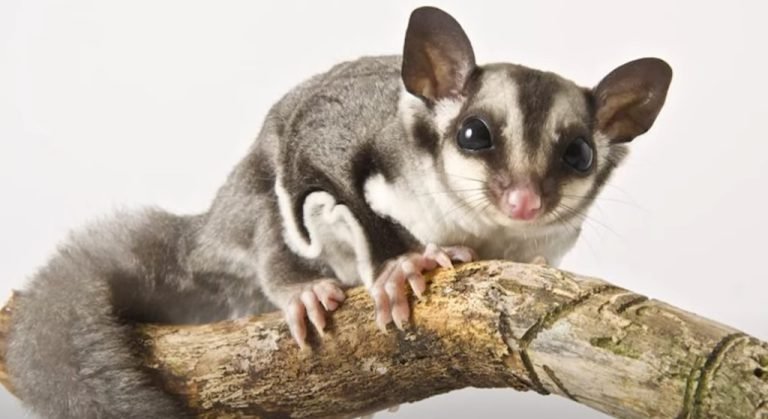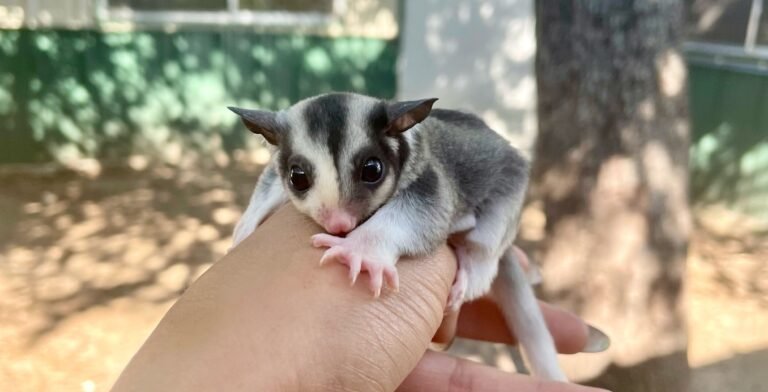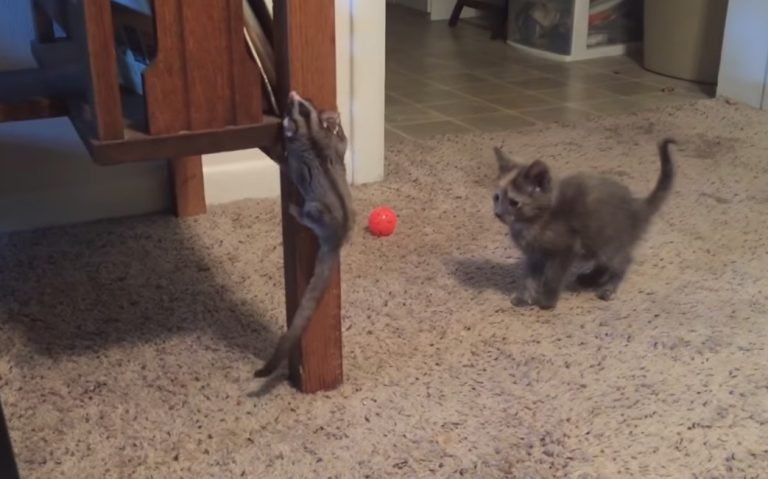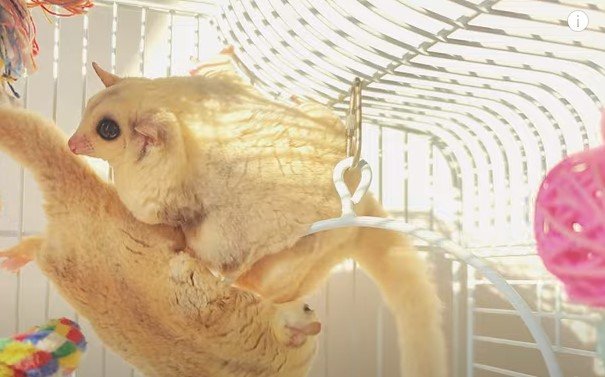How To Tell How Old A Sugar Glider Is
How to Tell How Old a Sugar Glider IsSugar gliders are adorable and fascinating little creatures. If you’re lucky enough to have one as a pet or encounter one in the wild, you might find yourself wondering how old it is. Determining the age of a sugar glider can be challenging, but there are a few signs and clues you can look for. In this article, we will explore various methods and indicators to help you get a better idea of how old a sugar glider might be.
Physical Appearance and Development
When it comes to determining the age of a sugar glider, one of the most reliable indicators is its physical appearance and development. Just like humans, sugar gliders go through various stages in their lives that are associated with specific physical characteristics.

Fur Color and Texture
Newborn sugar gliders, known as joeys, have a distinctive appearance. They are hairless, blind, and pink in color. As they grow older, their fur starts to grow in, and it typically takes on a grayish hue. Over time, the fur color darkens and becomes more vibrant.
Pay attention to the texture of the fur as well. Younger sugar gliders tend to have a softer and fluffier coat, while older gliders have a smoother and sleeker appearance. By observing these changes in fur color and texture, you can make an educated guess about the age of a sugar glider.
Size and Weight
Another clue to a sugar glider’s age is its size and weight. Joeys are tiny and weigh around 0.15 ounces at birth. As they mature, they start to gain weight and grow in size. At around six weeks of age, sugar gliders typically weigh between 15 and 20 grams. By the time they are fully grown, they can reach a weight of 90 to 150 grams.
Take note of the glider’s size in relation to these general weight ranges to estimate its age. However, keep in mind that there can be variations based on genetics, diet, and overall health.
Tooth Development
Examining a sugar glider’s teeth can also provide insights into its age. Sugar gliders have 40 teeth, including incisors and premolars. Just like human babies, sugar glider joeys are born without teeth. They start to develop their milk teeth at around 21 days old.
By the time a sugar glider has reached four to six months old, it should have its permanent set of teeth fully erupted. If you notice that a glider has lost some teeth or has worn-down teeth, it may indicate that it is older.
Behavioral and Social Cues
In addition to physical appearance, a sugar glider’s behavior and social interactions can offer hints about its age. Sugar gliders are known for their social nature, and their behavior can change as they grow older.
Bonding and Trust
Young sugar gliders require more time and effort to build trust and establish a bond with their human caretakers. If you have a sugar glider that is still skittish and wary around you, it might indicate that it is relatively young. Older gliders, on the other hand, tend to be more comfortable and trusting with humans.
Independence and Exploration
As sugar gliders age, they become more independent and curious about their surroundings. Young joeys tend to stay close to their parents and rely on them for protection and guidance. Older sugar gliders, however, start to venture out on their own and explore their environment.
Observe your sugar glider’s behavior and level of independence to get an idea of its age. A glider that is more adventurous and confident is likely to be older.
Veterinary Assessment
If you want a more accurate and definitive answer about a sugar glider’s age, it is best to consult a veterinarian who specializes in exotic pets. Veterinarians have the expertise and tools to conduct a thorough examination and provide an estimate of a sugar glider’s age.
During a veterinary assessment, the vet may examine the sugar glider’s teeth, bones, and overall health. They may also ask you questions about the glider’s history and any relevant information that can help determine its age.
Remember that it can still be challenging to determine the precise age of a sugar glider, as individual animals can develop at different rates, and other factors may come into play. Nonetheless, a veterinarian’s assessment is the most reliable method for determining a sugar glider’s age.
Frequently Asked Questions
1: Can you tell the age of a sugar glider by its tail?
The tail of a sugar glider can provide some clues about its age. Younger gliders tend to have thinner and shorter tails, while older gliders have thicker and longer tails. However, tail length alone is not a foolproof method for determining age, and it should be considered in conjunction with other physical and behavioral cues.
2: What is the average lifespan of a sugar glider?
In captivity, sugar gliders can live up to 12-15 years with proper care and diet. In the wild, their lifespan is generally shorter, averaging around 5-7 years due to predation, disease, and other environmental factors.
3: Are there any other methods to determine a sugar glider’s age?
While physical appearance, behavior, and veterinary assessment are the primary methods for estimating a sugar glider’s age, there are no foolproof methods that can provide an exact age. It is important to understand that these methods are only indicators and that individual variations can exist.
Final Thoughts
Determining the age of a sugar glider can be challenging, but by observing physical characteristics, behavior, and consulting a veterinarian, you can make an educated guess about their age. Remember, however, that age estimation methods are not foolproof, and variations can exist among individuals. Regardless of age, providing a sugar glider with a loving and caring environment is essential for their well-being and happiness.







